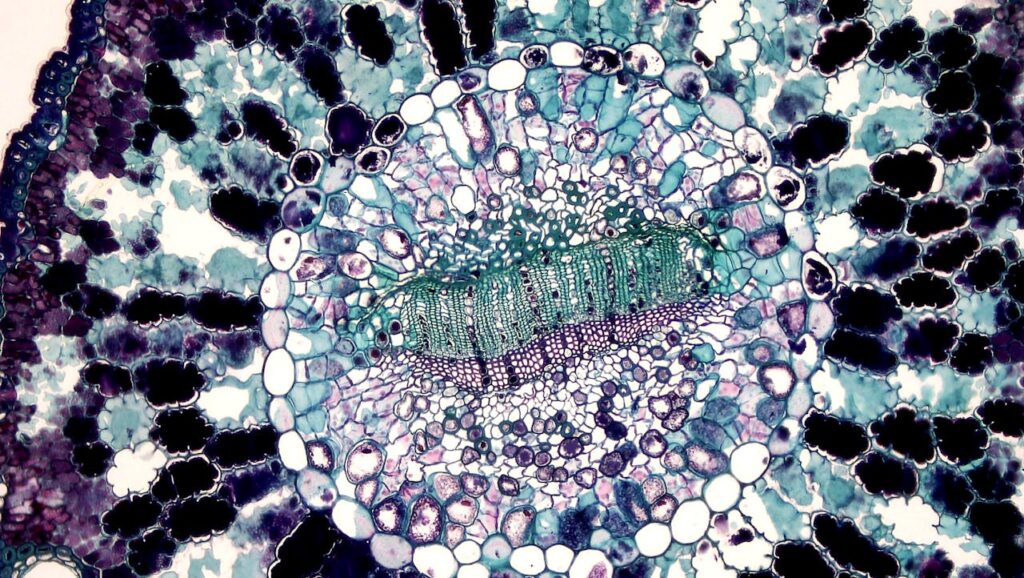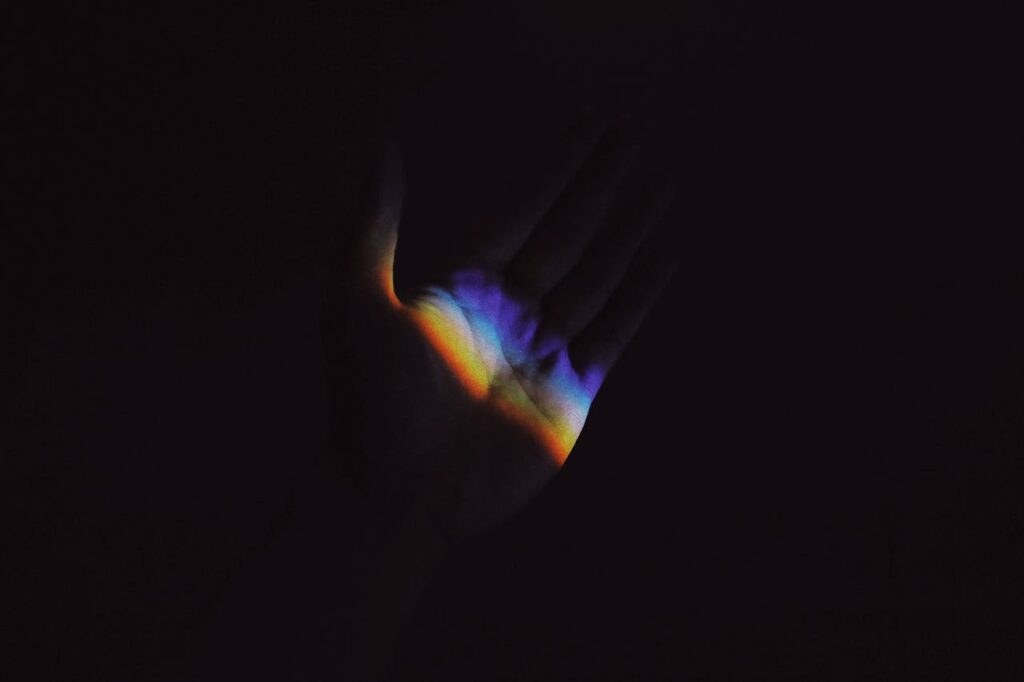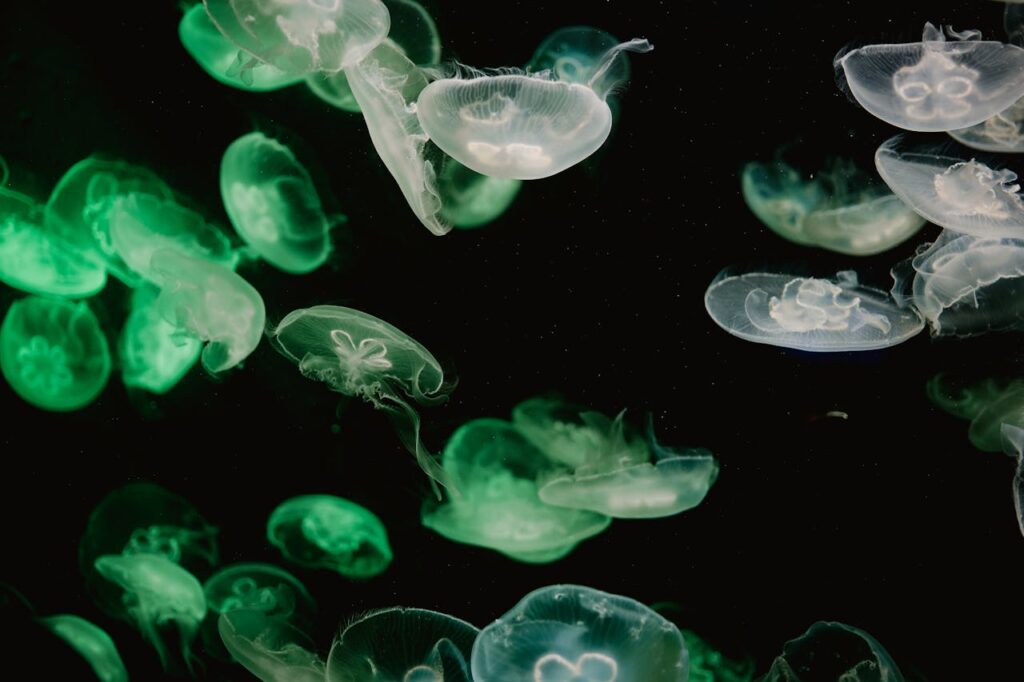The Light You Cannot See: How Science and Spirit Meet Inside the Human Body

Have you ever paused long enough to wonder what life really looks like beneath the surface? Not the life reflected in a mirror, but the quiet pulse that science now tells us glows inside every living being. Beneath your skin and beyond what the eye can see, there is a faint light emanating from your cells, a whisper of energy that signals existence itself. This is not fantasy or mysticism; it is measurable, biological, and real. Scientists have captured it, this almost invisible shimmer, alive in mice and plants and fading only when life itself ceases. The discovery challenges how we define being alive. Perhaps we are more than flesh and thought. Perhaps, at our core, we are beings of light, each heartbeat and each breath a gentle flicker in the vast illumination of life.

When Science Discovered the Body’s Whisper of Light
There is a language within us that we have never heard but that our cells have been speaking since the beginning of time. Science calls it ultraweak photon emission, a quiet light released by the body’s own chemistry. It is not the same as the bright radiance of fireflies or glowing jellyfish. This light is softer, hidden, yet constant, born from the same microscopic processes that keep us alive. Deep in the mitochondria, where energy is made, electrons shift and sometimes escape their paths. In that escape, a small amount of energy transforms into photons, tiny particles of light. They are released not to be seen, but to reveal that life itself is an act of illumination.

Researchers have found this glow in all living things: in bacteria, in plants, in animals, and in us. It does not exist in one species or one kingdom of life, but in all. It is a quiet signature of vitality. To see it, scientists use rooms so dark that even the smallest glimmer would be visible, along with sensitive cameras able to catch a single photon. What they see is astonishing. The light is always there, flickering in rhythm with metabolism, stronger when cells are active, softer when they rest, and changing when the body is under stress or repair.
This faint light extends across wavelengths from ultraviolet to near infrared, each part of the spectrum revealing something different about the body’s chemistry. Ultraviolet emissions often appear when DNA or proteins are under oxidative pressure, while near-infrared light can signal lipid metabolism. The colors may be invisible to the eye, but to science they form a kind of cellular fingerprint. They tell a story of balance and imbalance, of healing and decline.
What amazes researchers most is how universal this glow is. From the simplest organisms to humans, it follows the same laws of energy and transformation. This quiet shimmer may hold answers to how life begins, how it ages, and how it heals. The more scientists study it, the clearer it becomes that this light is not an anomaly. It is the body’s way of speaking, its whisper of health, its subtle proof that even in silence, life never stops shining.
When the Light Goes Silent
Science has revealed that when life ends, the body’s quiet light fades too. Researchers studying ultraweak photon emission found that living cells release a constant, invisible glow tied to the chemistry of life itself. In experiments with mice, the light shone steadily while they lived and vanished almost instantly after death, even when body temperature was kept normal. The loss was not caused by heat but by the end of cellular respiration, the molecular process that keeps every organism alive.

The same pattern appeared in plants. Leaves under stress glowed brighter for a short time, yet when their cells began to die, the light disappeared completely. This showed that the glow is not a response to temperature or surroundings but a sign of vitality itself. Scientists believe this phenomenon could one day help determine the presence or absence of life in medical settings where the line between the two is uncertain.
The discovery is both scientific and poetic. It suggests that death is marked not only by stillness, but by the quiet extinction of the light that once spoke of life.
The Light That Speaks Without a Purpose
When we think of living things that glow, we picture fireflies in summer fields or the deep-sea creatures that paint the ocean with their light. Their glow is purposeful. It calls, warns, attracts, and communicates. That phenomenon, known as bioluminescence, is a biological art form powered by enzymes like luciferase acting on luciferin. It is a survival language written in color.

The light within humans and other living organisms is very different. Ultraweak photon emission does not announce itself or serve a visible purpose. It is not a message but a mirror. It reflects the inner chemistry of life, the constant exchange of energy inside every cell. This light is invisible to our eyes because it is millions of times weaker than bioluminescence. Scientists need total darkness and instruments capable of detecting single photons to see it. What they find is not a beam of color but a soft, unending rhythm of light that pulses quietly as long as life continues.
Bioluminescence shines in short bursts when nature demands it, but ultraweak photon emission never stops. It begins with life and ends when metabolism falls silent. One light is designed to be seen, the other exists simply because living matter cannot help but glow. The first speaks to the world; the second whispers the truth of being alive.

The Inner Fire: What This Light Says About Being Alive
Every cell in the body is a small universe of motion, creating light that most of us will never see. Yet that light is more than chemistry. It is a reflection of being alive, of existing in balance with the constant tension between energy and decay. Scientists describe ultraweak photon emission as a biological process, but it also invites a deeper question. If our bodies are made to shine from within, what happens when the way we live begins to dim that light?
Modern life has a way of testing the body’s brilliance. Sleepless nights, stress, pollution, and neglect weaken the same systems that produce energy and release those faint photons. When our minds are burdened, the body feels it, and the glow that mirrors cellular vitality grows weaker. The science tells us this in data and images, but anyone who has felt drained or disconnected knows it without needing proof. Our light responds to how we live, what we consume, and what we believe about ourselves.
Perhaps this invisible glow is a reminder that health and purpose cannot be separated. The light that scientists see through their instruments may be the same light that poets and philosophers have spoken of for centuries. It does not shine for recognition but simply because life cannot exist without it. To live fully is to protect that fire, to care for the body and the mind that sustain it, and to remember that the strength of our inner light is not measured by what others see, but by how deeply we feel alive.
When Light Becomes Legacy
Every discovery in science eventually turns back toward the question of meaning. The faint glow that lives in every cell is not only a reflection of biology but a quiet lesson about existence itself. It shows that life, in its essence, is an act of illumination. From the smallest organism to the most complex mind, everything alive carries a spark that never appears by chance and never remains without care.

We now know that this light fades when life ends, but perhaps its message is not about death at all. Perhaps it reminds us how to live. The body’s photons mirror more than metabolism; they echo the quality of our choices, the clarity of our thoughts, and the balance of our emotions. When we nourish the body, rest the mind, and move through the world with awareness, that light grows steadier. It may not be visible, but it radiates in the way we think, speak, and connect.

Science has revealed that we are, quite literally, beings of light. What we do with that truth is up to us. We can rush through existence until the glow is gone, or we can live in a way that keeps it alive. The light within us is not a mystery to solve but a gift to honor, a reminder that every moment of awareness adds one more glimmer to the great brightness of being alive.
Loading...

